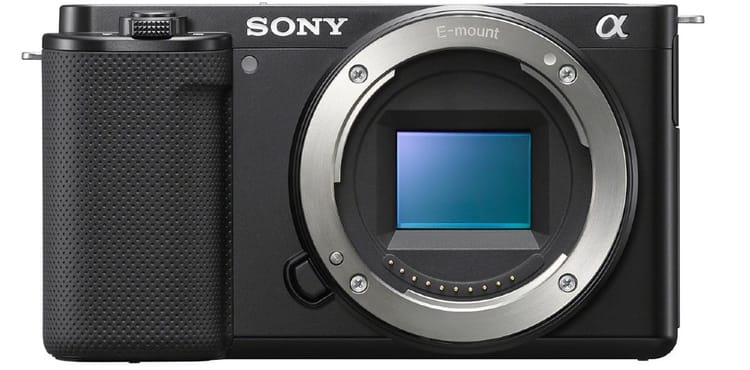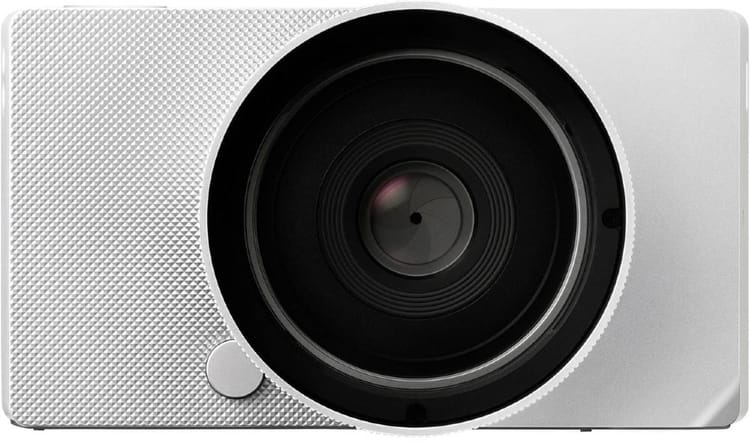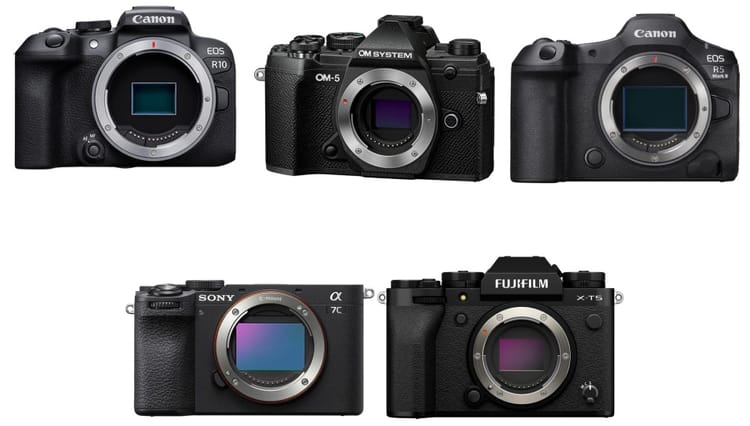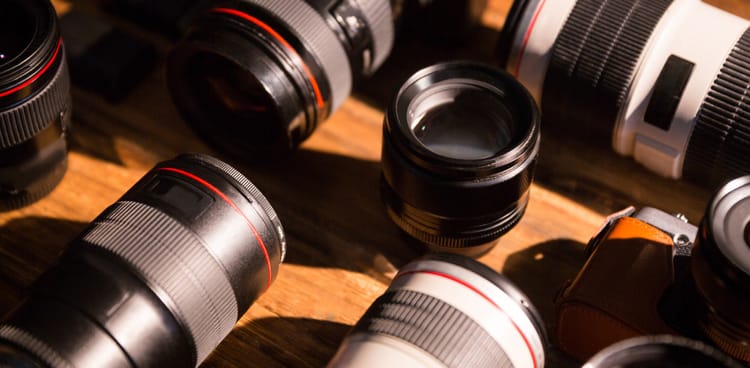Nikon Z6III Review: The Hybrid Powerhouse Redefining Full-Frame Mirrorless
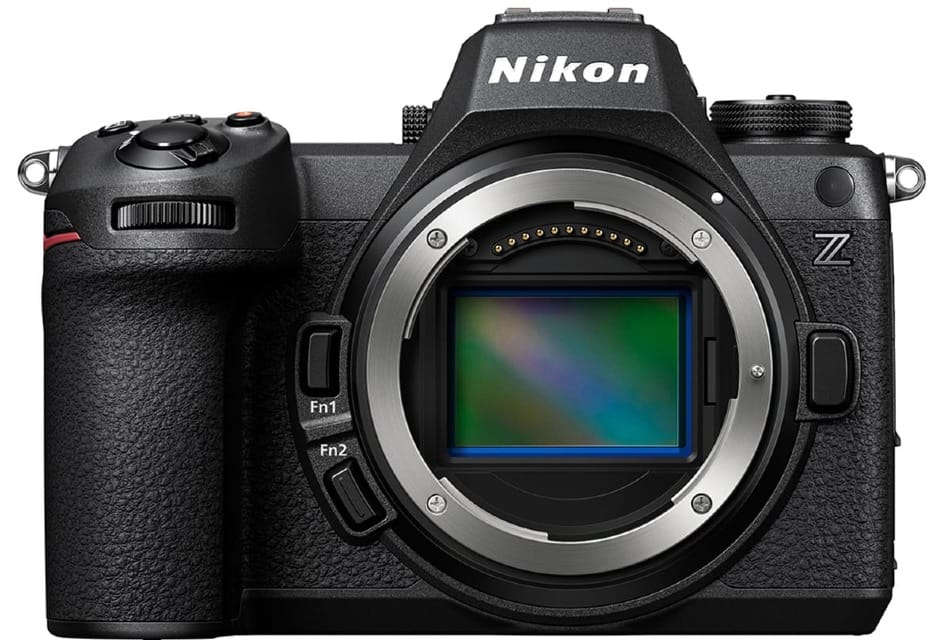
The Nikon Z6III has landed, and it’s already creating a buzz among photographers and videographers alike. As the latest entry in Nikon’s Z-series, the Z6III promises a groundbreaking blend of speed, image quality, and versatility. But does it truly live up to the hype? In this in-depth review, we’ll cover everything you need to know about the Nikon Z6III, from its innovative sensor technology to its advanced video features. Whether you’re a professional, a content creator, or an enthusiastic hobbyist, this blog post will help you decide if the Z6III is the right camera for you.
1. What’s New in the Nikon Z6III?
Introduction of the Partially Stacked BSI CMOS Sensor
The Nikon Z6III debuts a 24.5-megapixel partially stacked back-side illuminated (BSI) CMOS sensor. This is a first for Nikon and a significant leap forward in sensor technology. The partially stacked design allows for much faster data readout, which translates to reduced rolling shutter, improved autofocus performance, and enhanced low-light capabilities. For photographers and videographers, this means sharper images, less motion blur, and more reliable results in challenging conditions.
Upgraded EXPEED 7 Processor
The Z6III is powered by Nikon’s flagship EXPEED 7 image processor- the same chip found in the professional Z8 and Z9. This processor brings a host of improvements, including faster continuous shooting, advanced subject detection, and robust video features. It’s the engine that drives the Z6III’s impressive performance.
How It Stacks Up Against the Competition
Compared to the previous Z6II and direct competitors like the Canon EOS R6 II and Sony A7 IV, the Z6III stands out with its unique sensor, faster burst shooting, and pro-level video options. Nikon has clearly positioned the Z6III as the go-to hybrid camera for creators who demand the best of both worlds.
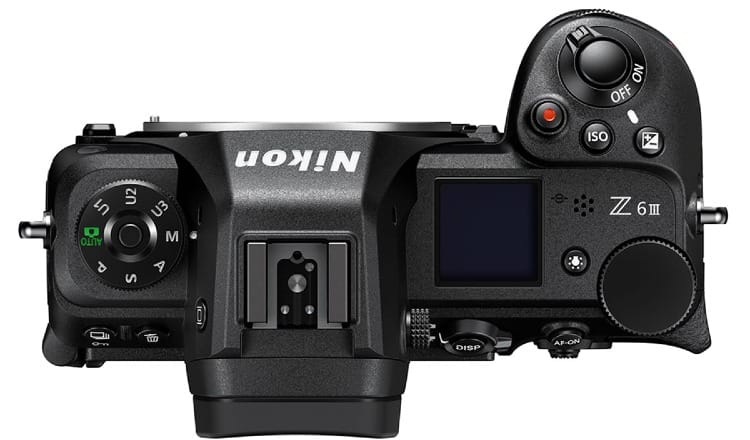
2. Key Specifications at a Glance
Before we dig deeper, let’s highlight the Nikon Z6III’s key specs:
- Sensor: 24.5MP full-frame, BSI-CMOS, ISO 100–64,000 (expandable)
- Processor: EXPEED 7
- Autofocus: Hybrid AF with 273/299 focus points, 3D tracking, deep learning subject detection
- Burst Shooting: Up to 120 fps (10MP JPEG, DX crop), 60 fps (24MP JPEG, FX), 20 fps (RAW)
- Video: 6K/60p internal RAW, 4K UHD oversampled from 6K, Full HD up to 240p
- EVF: 5.76M-dot, 4000-nit brightness, DCI-P3 color gamut
- LCD: Fully articulated 3.2-inch touchscreen
- Card Slots: Dual (CFexpress Type B and UHS-II SD)
- Build: Magnesium alloy, weather-sealed
These specs make the Z6III one of the most versatile and future-proof cameras in Nikon’s lineup.
3. Autofocus and Tracking Performance
Deep Learning-Powered Subject Detection
The Nikon Z6III’s autofocus system is powered by deep learning algorithms that recognize and track a wide range of subjects. Whether you’re photographing people, animals, birds, vehicles, or even airplanes, the camera’s subject detection ensures your focus stays locked on your target. This is especially useful for wildlife, sports, and event photographers who need their gear to keep up with unpredictable action.
Low-Light Autofocus and Starlight Mode
Thanks to its advanced sensor and EXPEED 7 processor, the Z6III can focus in near darkness-down to –10 EV with Starlight Mode. This opens up creative possibilities for astrophotographers, concert shooters, and anyone working in dim environments. The camera’s autofocus remains fast and accurate, even when your eyes can barely see the subject.
3D Tracking from Nikon’s Flagship Cameras
Borrowing technology from the Z8 and Z9, the Z6III features Nikon’s renowned 3D tracking system. This allows the camera to follow moving subjects across the frame with impressive reliability, making it easier to capture sharp images of fast-moving athletes, wildlife, or children at play.
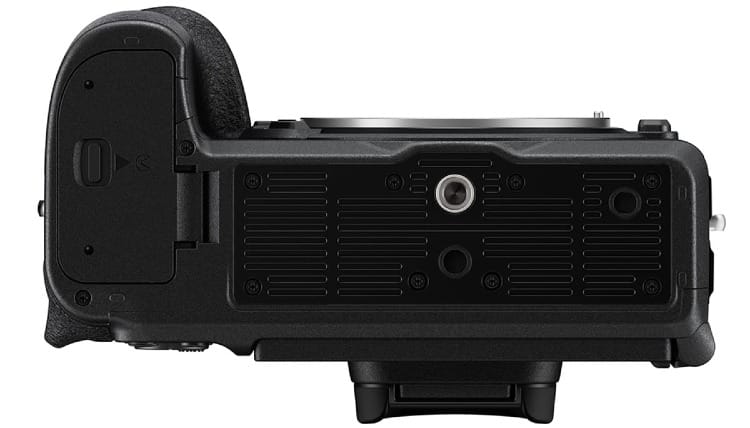
4. High-Speed Shooting and Pre-Release Capture
Unmatched Burst Rates
One of the standout features of the Nikon Z6III is its incredible burst shooting capability. The camera can shoot up to 120 frames per second (10MP JPEG, DX crop), 60 fps (24MP JPEG, FX), and 20 fps (RAW). This makes it one of the fastest full-frame cameras on the market, perfect for capturing split-second moments in sports, wildlife, and action photography.
Pre-Release Capture: Never Miss the Moment
Pre-Release Capture is a game-changing feature for action photographers. When enabled, the Z6III continuously buffers images before you fully press the shutter button. If you react a fraction of a second late, the camera still captures the crucial moment, ensuring you never miss the shot. This is invaluable for unpredictable subjects like birds in flight or athletes crossing the finish line.
5. Video Capabilities
6K/60p Internal RAW and Oversampled 4K
The Nikon Z6III is not just a stills powerhouse - it’s a serious video machine. You can record stunning 6K/60p RAW video internally, or shoot oversampled 4K UHD footage for maximum detail and clarity. This level of video quality is typically found in much more expensive cinema cameras, making the Z6III a fantastic option for filmmakers and content creators.
10x Slow Motion and Flexible Recording Formats
Create dramatic slow-motion sequences with Full HD at 240p (10x slow motion). The Z6III supports ProRes RAW and N-RAW, giving videographers maximum flexibility in post-production. You can also record in H.265 and H.264 for more efficient file sizes and easier editing.
Advanced Audio and Filmmaker Features
Audio is just as important as video, and the Z6III delivers. It offers advanced audio options, including XLR compatibility via an adapter for professional-grade sound recording. Custom picture controls, color grading tools, focus peaking, and zebra stripes round out the camera’s robust video toolkit.
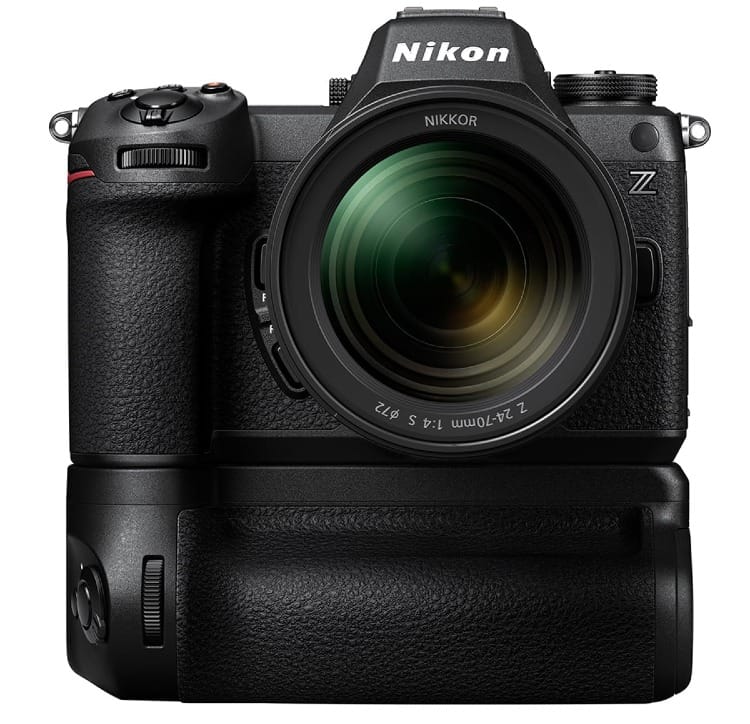
6. Ergonomics, Build, and Usability
Rugged, Weather-Sealed Construction
The Z6III’s magnesium alloy body is both lightweight and robust. It’s fully weather-sealed, allowing you to shoot confidently in rain, snow, or dusty environments. This durability makes it an excellent choice for outdoor, travel, and adventure photographers.
Best-in-Class EVF and Fully Articulated LCD
The 5.76M-dot electronic viewfinder (EVF) is one of the brightest and most detailed available, with 4000-nit brightness and DCI-P3 color accuracy. The fully articulated 3.2-inch touchscreen LCD allows for flexible shooting angles, whether you’re shooting low to the ground, overhead, or facing the camera for vlogging.
Dual Card Slots and Workflow Flexibility
Dual card slots (CFexpress Type B and UHS-II SD) provide speed, redundancy, and flexibility. You can separate RAW and JPEG files, back up your work in real-time, or record stills and video to different cards. This is a must-have feature for professionals who can’t afford to lose a shot.
7. Image Quality and Low Light Performance
High ISO and Noise Reduction
The Z6III’s BSI sensor and EXPEED 7 processor deliver outstanding high ISO performance. Images remain clean and detailed even at ISO 12,800 or higher, making it a great choice for low-light photography. Nikon’s noise reduction algorithms preserve detail while minimizing grain.
Rich Colors and Custom Profiles
Nikon’s color science is renowned for its accuracy and vibrancy, and the Z6III is no exception. Skin tones look natural, landscapes are vibrant, and you can fine-tune picture profiles to match your creative vision. Portrait photographers will appreciate the skin smoothing and eye/face detection features.
Dynamic Range and Post-Processing
With impressive dynamic range, the Z6III retains highlight and shadow detail even in high-contrast scenes. While RAW files are slightly less flexible for extreme post-processing than those from the Z6II, they still offer ample latitude for most editing workflows.
8. Who Is the Nikon Z6III For?
Serious Enthusiasts and Professionals
The Z6III is designed for photographers and videographers who demand versatility and performance. Its advanced features cater to professionals in weddings, events, sports, wildlife, and commercial work.
Hybrid Shooters and Content Creators
If you create both photos and videos, the Z6III is one of the best hybrid cameras available. Content creators, vloggers, and filmmakers will appreciate its video-centric features and ease of use.
Not for Beginners
While the Z6III is user-friendly, its advanced capabilities and price point make it overkill for casual shooters or beginners. If you’re just starting out, consider the Nikon Z5 or Z50 instead.
9. Pros and Cons
Pros
- Blazing Speed: Up to 120 fps burst and rapid autofocus.
- Advanced Video: 6K/60p RAW, 4K oversampled, ProRes/N-RAW support.
- Best-in-Class EVF: Bright, detailed, and color-accurate.
- Rugged Build: Weather-sealed magnesium alloy body.
- Flexible Workflow: Dual card slots, articulated touchscreen, professional audio options.
Cons
- Not for Beginners: Advanced features may overwhelm novices.
- RAW Flexibility: Slightly less latitude for extreme post-processing compared to Z6II.
- Price Point: Higher than entry-level models, reflecting its pro-grade capabilities.
10. The Z6III vs. the Competition: How It Stacks Up
In today's crowded full-frame mirrorless market, the Nikon Z6III faces stiff competition from established players. Let's compare how it stands against its main rivals to help you make an informed decision.
Comparative Specifications Table
| Feature | Nikon Z6III | Sony A7 IV | Canon EOS R6 Mark II | Panasonic S5 II |
|---|---|---|---|---|
| Sensor | 24.5MP BSI CMOS (Partially Stacked) | 33MP Exmor R CMOS | 24.2MP CMOS | 24.2MP CMOS |
| Processor | EXPEED 7 | BIONZ XR | DIGIC X | Venus Engine |
| Max Burst | 20 fps (RAW), 60 fps (JPEG), 120 fps (JPEG DX) | 10 fps | 40 fps (electronic), 12 fps (mechanical) | 30 fps (AFS), 7 fps (AFC) |
| Video | 6K/60p RAW, 4K/120p | 4K/60p, 1080/120p | 4K/60p, 1080/180p | 6K/30p, 4K/60p |
| AF System | 299-point hybrid AF with 3D tracking | 759-point phase-detection AF | Dual Pixel CMOS AF II with 1,053 points | 779-point phase-detection AF |
| EVF | 5.76M-dot, 4000-nit | 3.68M-dot | 3.69M-dot | 3.68M-dot |
| LCD | 3.2" fully articulated touchscreen | 3.0" tilting touchscreen | 3.0" fully articulated touchscreen | 3.0" fully articulated touchscreen |
| IBIS | 8-stops | 5.5-stops | 8-stops | 5-stops |
| Card Slots | CFexpress Type B + SD UHS-II | CFexpress Type A + SD UHS-II | Dual SD UHS-II | Dual SD UHS-II |
| Battery Life | ~450 shots (CIPA) | ~580 shots (CIPA) | ~450 shots (CIPA) | ~440 shots (CIPA) |
| Weather Sealing | Professional-grade | Good | Professional-grade | Good |
| Weight | 705g | 658g | 588g | 740g |
| Launch Price | $2,699 (body only) | $2,499 (body only) | $2,499 (body only) | $1,999 (body only) |
Nikon Z6III vs. Sony A7 IV
The Sony A7 IV's higher resolution 33MP sensor offers more cropping flexibility, but the Z6III's partially stacked sensor delivers significantly faster readout speeds, enabling higher burst rates and reduced rolling shutter. While the Sony edges ahead in battery life and has a more mature lens ecosystem, the Z6III takes the lead with its superior EVF, internal 6K RAW recording, and higher-speed shooting capabilities.
For professional video work, the Z6III's 6K/60p RAW capability outclasses Sony's 4K/60p maximum resolution. However, content creators who prioritize resolution over speed and advanced video features might still lean toward the Sony.
Nikon Z6III vs. Canon EOS R6 Mark II
Canon's R6 Mark II and the Nikon Z6III target similar users with their hybrid capabilities. The Canon impresses with its 40 fps electronic shutter burst mode and excellent Dual Pixel autofocus, but the Z6III counters with superior video specifications, a better EVF, and the partially stacked sensor design.
While Canon's RF mount system has rapidly expanded with some exceptional glass, Nikon's Z-mount lineup continues to grow with high-quality options. For photographers already invested in either system, the decision might come down to lens availability rather than body specifications.
Nikon Z6III vs. Panasonic S5 II
The Panasonic S5 II represents an excellent value proposition at a lower price point than the Z6III. Both cameras offer impressive video capabilities, with the Panasonic featuring 6K/30p and the Nikon pushing to 6K/60p. The key differentiator is autofocus performance—the Z6III's hybrid system with 3D tracking is more reliable for action and video work than Panasonic's contrast-detect system, despite recent improvements.
The Z6III also has an advantage in burst shooting speed and EVF quality, making it the better choice for sports and wildlife photographers. However, budget-conscious filmmakers might find the S5 II's value proposition appealing.
Ecosystem Considerations
When comparing these systems, consider the broader ecosystem:
- Nikon Z: Growing Z-mount lens selection with excellent optical quality; compatible with F-mount lenses via adapter
- Sony E: Most mature mirrorless ecosystem with extensive native lens options and third-party support
- Canon RF: Rapidly expanding premium lens lineup; limited third-party options
- Panasonic L: Part of the L-Mount Alliance with access to Leica and Sigma lenses
Who Wins?
There's no universal "best" camera—each model excels in different areas:
- Best for Speed: Nikon Z6III (120 fps JPEG burst) or Canon R6 II (40 fps RAW burst)
- Best for Resolution: Sony A7 IV (33MP)
- Best for Video Features: Nikon Z6III (6K/60p RAW)
- Best Value: Panasonic S5 II (lowest price point)
- Best EVF Experience: Nikon Z6III (5.76M-dot, 4000-nit)
- Best Battery Life: Sony A7 IV (~580 shots)
Real-World Performance Differences
Beyond specifications, real-world performance reveals important distinctions:
- The Z6III's autofocus performs exceptionally well in low light conditions, outperforming competitors at -10 EV with Starlight Mode
- Canon's R6 II offers a slightly more responsive touch interface and menu system
- Sony's A7 IV provides more robust third-party accessories and software support
- The Z6III's image stabilization system works admirably for handheld video, matching or exceeding the Canon R6 II
For hybrid shooters who need both photo and video capabilities, the Z6III offers the most balanced combination of features, though each competitor has unique strengths worth considering based on your specific needs.
11. Conclusion: Is the Nikon Z6III Worth It?
The Nikon Z6III is a true hybrid powerhouse, redefining what’s possible in a mid-range full-frame mirrorless camera. With its innovative sensor, flagship processor, lightning-fast autofocus, and advanced video features, it’s the ideal tool for serious photographers and filmmakers alike. Whether you’re capturing split-second action, cinematic video, or stunning portraits, the Z6III delivers exceptional results every time.
If you’re ready to elevate your creative work and need a camera that can do it all, the Nikon Z6III deserves a top spot on your shortlist.
Frequently Asked Questions
How does the Z6III compare to the Z8/Z9?
The Z6III shares many features with the flagship Z8 and Z9, including the EXPEED 7 processor and advanced autofocus. However, it’s more compact, affordable, and offers a unique partially stacked sensor for even faster readout speeds.
Is the Z6III good for beginners?
While the Z6III is user-friendly, its advanced features and price make it best suited for enthusiasts and professionals. Beginners may prefer the Nikon Z5 or Z50.
What lenses work best with the Z6III?
The Z6III is compatible with all Nikon Z-mount lenses, from wide-angle primes to telephoto zooms. For maximum performance, consider the latest S-line lenses.

